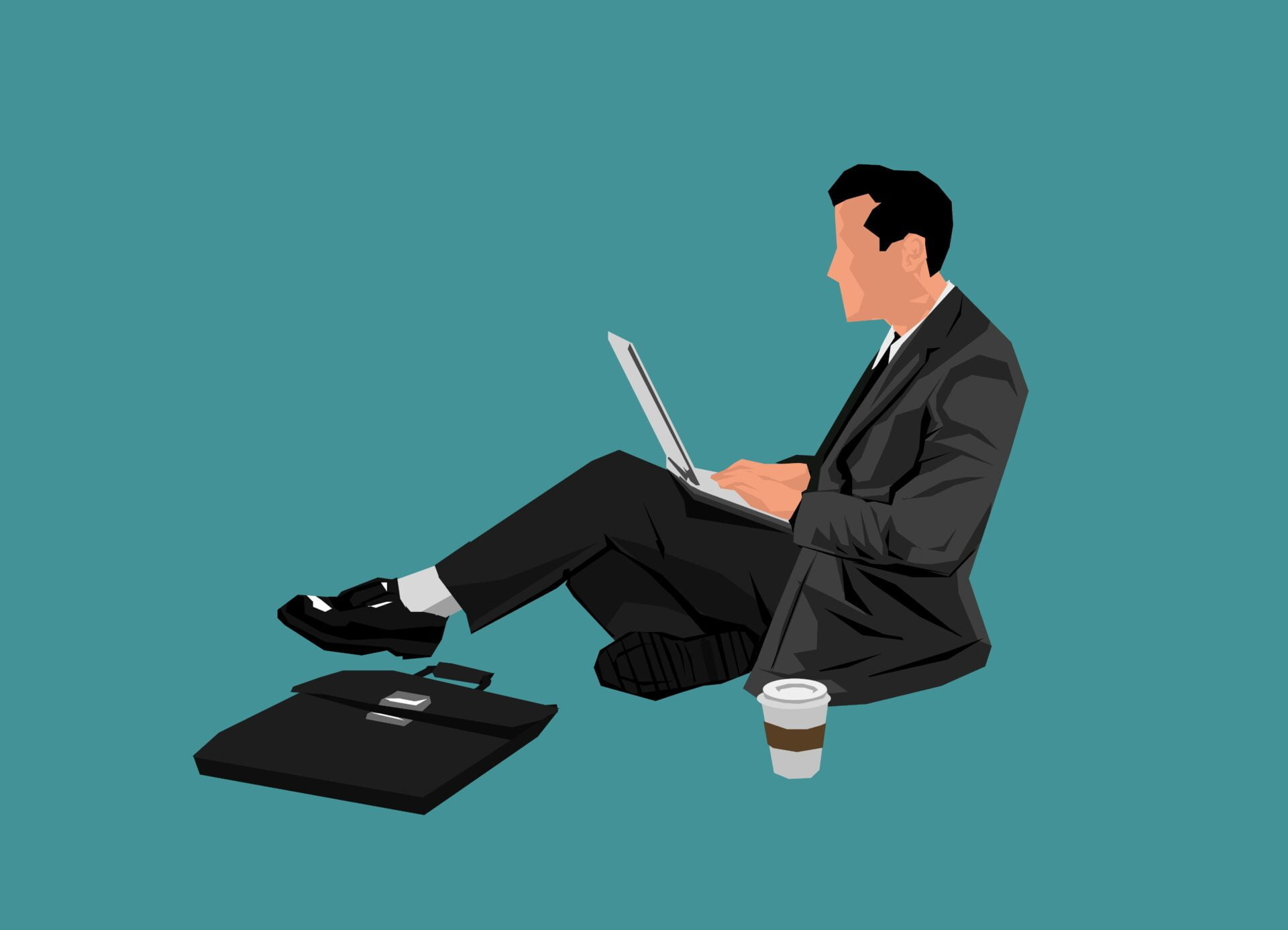Legal Considerations When You Have To Apply For Business Bankruptcy
by Abdul Aziz Mondal Business Planning Published on: 09 March 2018 Last Updated on: 21 May 2025

Bankruptcy isn’t something an aspiring successful businessperson would casually plan on a regular day. It tends to sound intimidating until dealing with it is the only option that is left on the table. Whether it’s personal or corporate bankruptcy, there are several types of it that are tailored to every unique situation one could possibly be in.
To enlighten you more on the situation, we have rounded up the legal considerations when you have to apply for bankruptcy:
The different types of bankruptcy :
There are five types of bankruptcy and each caters to different situations that a person is in. There is one for farmers, fishermen and the like, and bankruptcy can also reach a personal or business level as well. However, these three types of bankruptcy are the most common among the rest:
Business Bankruptcy (Chapter 7)-
the ones who choose to file under Chapter 7 are those who have fully realized that their business is going nowhere and its current assets cannot even compensate for the extent of the loss. Therefore, the court will assign a trustee to distribute the assets among the creditors.
Business Reorganization (Chapter 11)-
Preferred mostly by businesses that still have the chance for redemption, the owner of the company can volunteer as a trustee wherein he or she can devise a plan for a reorganization indicating how proceeds will be used to pay the creditors. A vote shall be made and the creditors will be paid within a period of time
Personal Bankruptcy ( Chapter 13)-
A bankruptcy type that is catered to the consumers. Similar to the Chapter 11, you will be tasked to devise a plan on how you would pay your creditors an amount that is relative to your income, how much your debt is, and the net worth of your assets and properties.
You are required to attend classes :
In the past, you wouldn’t be required to attend a class but Congress had to impose new regulations so that people would be more educated with regards to filing for bankruptcy and knowing their alternative options. Each class costs around fifty dollars.
Bankruptcy is expensive :

With Chapter 13, it has an average cost that ranges from $2,000 – $4,000 and it also allows you to include your bankruptcy costs in your plan to reimburse them over a period of time.
In Chapter 7, however, you and your business won’t benefit from the same type of privilege. It would only cost you around $1,500 – $2,500 in fees that the court would want you to pay immediately during the process of filing for bankruptcy.
Keeping your assets :
One common misconception when it comes to filing for bankruptcy is the need for one to give up their possessions. You can still keep your personal possessions such as your pieces of furniture, clothes, electronic devices, and the like. Depending on the type of bankruptcy that you are filing for, you will be able to keep some of your assets and larger properties such as your house, cars, and other income-generating ventures. Your business may be able to remain in operation, or may be forced to liquidate. It’s best to know what’s the difference between personal bankruptcy and business bankruptcy. If you want to learn more on the legal aspects of personal bankruptcy, you may click here.
Before making a move to seriously consider filing for bankruptcy for your business, a consultation with an experienced lawyer will be helpful in your decision-making process. Not only will you be led towards the right direction but you will also minimize the damage, despite the financial circumstance.
Read More :
1. How Important Is Good Leadership Actually and Why It Can Bring Success to Your Business



































































































